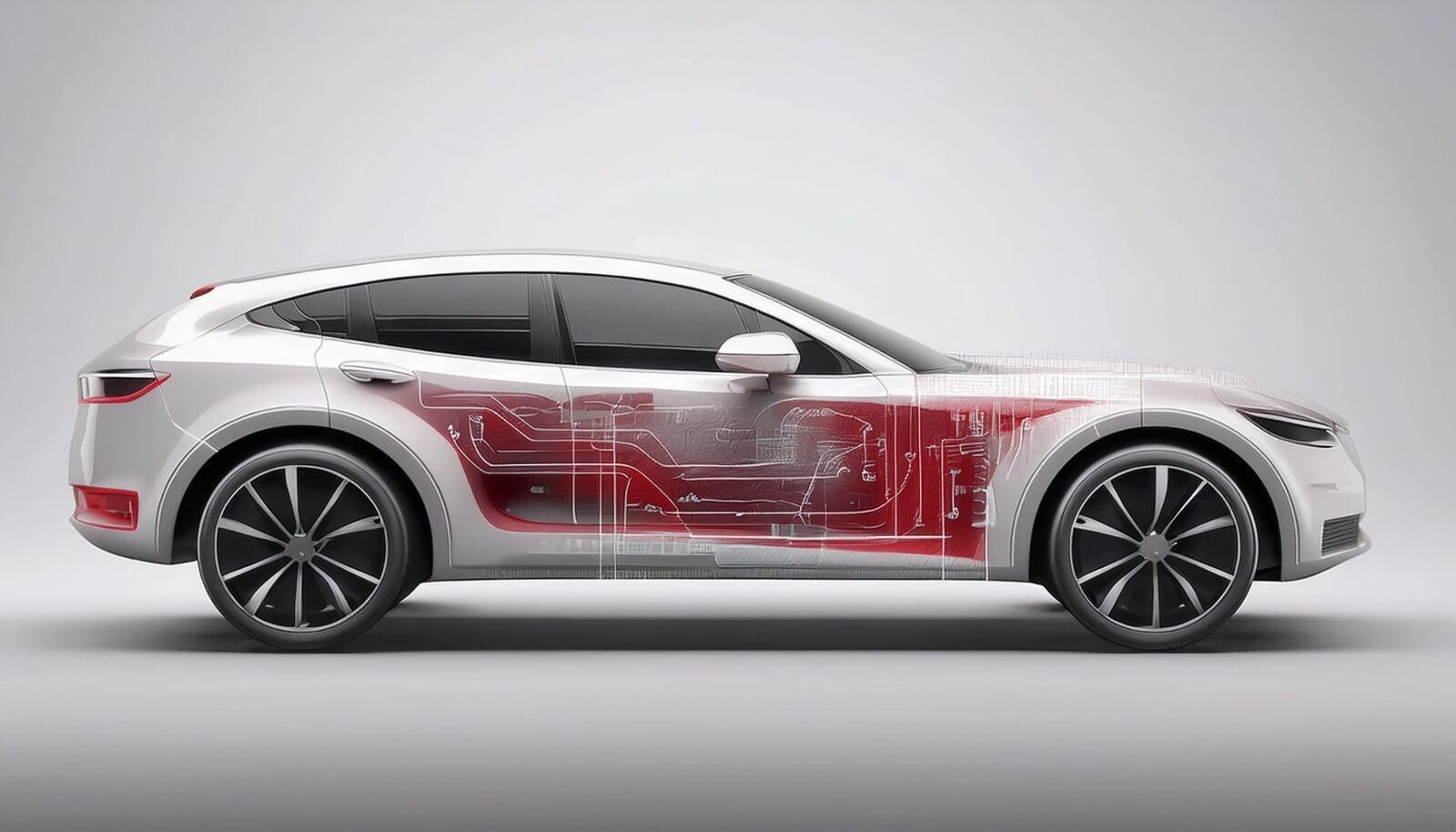In modern automotive engineering, in-vehicle networks (IVNs) play a crucial role in ensuring smooth communication between electronic control units (ECUs), sensors, and actuators. Vehicle System Engineering focuses on designing, implementing, and analyzing these networks to optimize performance, reliability, and safety. As vehicles become more advanced with autonomous driving features, electrification, and connectivity, the understanding of the various network architectures is more important than ever.
The Role of Networks in Vehicle System Engineering
Automotive networks are essential for facilitating real-time communication between different components within a vehicle. The complexity of modern vehicles has led to the adoption of multiple network protocols, including:
- Controller Area Network (CAN): A widely used protocol for real-time communication in vehicles, ensuring efficient data exchange between ECUs.
- Local Interconnect Network (LIN): A cost-effective solution for connecting sensors and actuators in subsystems like power windows and climate control.
- FlexRay: A high-speed communication protocol designed for safety-critical applications, such as drive-by-wire systems.
- Automotive Ethernet: Emerging as a high-bandwidth solution for advanced driver-assistance systems (ADAS) and infotainment.

Challenges in Vehicle Network Engineering
Developing and maintaining robust vehicle networks comes with several challenges:
- Increasing data demands: Modern vehicles generate vast amounts of data from sensors and cameras, requiring efficient data handling.
- Security concerns: Connected vehicles are vulnerable to cyber threats, making network security a top priority.
- Real-time performance: Time-sensitive applications like braking and steering require ultra-low latency communication.
- Interoperability: Integrating multiple communication protocols within a single vehicle demands seamless compatibility and synchronization.
Accurate Technologies’ Solutions for Network Analysis
To address these challenges, engineers rely on specialized tools to analyze, diagnose, and optimize vehicle networks. Accurate Technologies Inc. (ATI) provides cutting-edge solutions that support network analysis and validation. Here are some of their notable products:
- CANLab: A powerful software solution for CAN bus monitoring, simulation, and analysis. It enables engineers to diagnose network issues and optimize communication in real time.
- DLX Datalogger: A unique combination of functions that provide the features of a CAN interface, data acquisition module, and datalogger all in one compact package. Communication channels include CAN and K-line that interface to ECUs or communicate with ATI data acquisition hardware.
- Vehicle Communication Gateway: allows users to bridge multiple modules and busses including CAN, CAN-FD, LIN and Automotive Ethernet with this single, innovative, easy to configure standalone data translation device.
- CANary Interface Modules: Compact hardware tools designed for real-time CAN network monitoring and testing, helping engineers troubleshoot network performance issues.
- AE-100, AE-1000, and AE-1000 USB Automotive Ethernet Adapters: bi-directional physical layer media converters between standard Ethernet and Automotive Ethernet (OPEN Alliance BroadR-Reach).
The Future of Vehicle Networking
As automotive technology advances, vehicle networks will continue to evolve. With the rise of software-defined vehicles (SDVs) and over-the-air (OTA) updates, engineers will need more sophisticated tools to manage complex data flows and ensure seamless connectivity.
Accurate Technologies’ solutions play a critical role in enabling engineers to meet these demands, ensuring that modern vehicles remain safe, efficient, and future-ready. By leveraging these advanced network analysis tools, the automotive industry can continue to innovate and push the boundaries of vehicle performance and intelligence.



